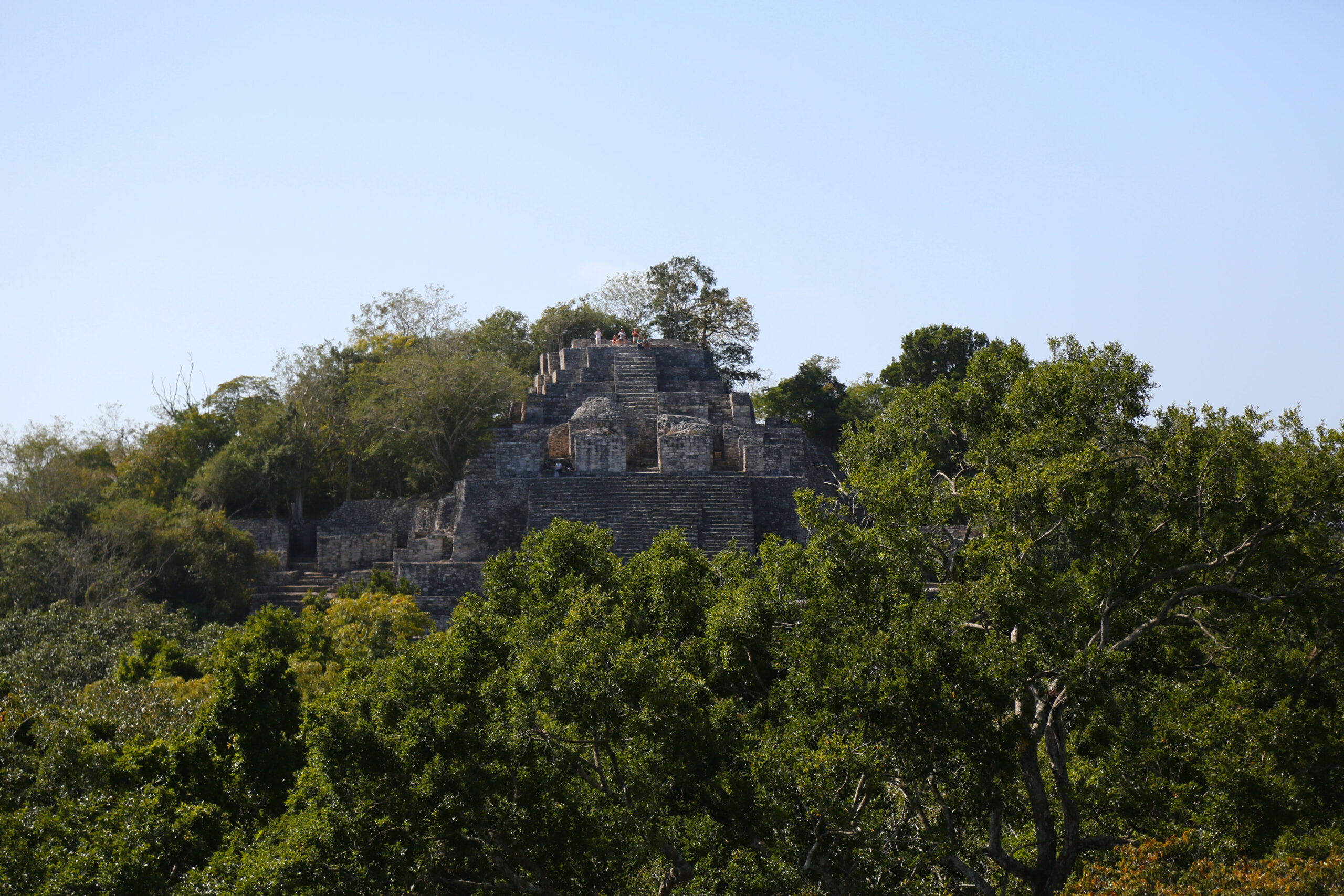The June solstice, a pivotal moment in our celestial calendar, marks the height of summer in the Northern Hemisphere. Occurring around June 20th or 21st each year, this astronomical event is much more than just a date on the calendar. It represents a time of celebration, cultural significance, and scientific wonder. Let’s delve into what makes the June solstice so special.
What is the June Solstice?
The term “solstice” is derived from the Latin words “sol” (sun) and “sistere” (to stand still), reflecting the sun’s position in the sky at this time. During the June solstice, the North Pole is tilted closest to the sun, resulting in the longest day and shortest night of the year for those living in the Northern Hemisphere. The sun reaches its highest point in the sky, directly over the Tropic of Cancer at noon.
The Science Behind the Solstice
The Earth’s axial tilt of approximately 23.5 degrees is responsible for the changing seasons. As the Earth orbits the sun, different parts of the planet receive varying amounts of sunlight throughout the year. During the June solstice, the Northern Hemisphere is tilted towards the sun, bathing it in extended daylight. This tilt also explains why regions near the Arctic Circle experience phenomena such as the Midnight Sun, where the sun remains visible at midnight.
Cultural Significance and Traditions
The June solstice has been celebrated by cultures around the world for thousands of years. Here are a few notable traditions:
- Midsummer Festivals: In many European countries, particularly in Scandinavia, Midsummer is a major celebration. Festivities often include bonfires, dancing, feasting, and singing. In Sweden, it’s customary to raise and dance around a maypole, symbolizing fertility and the renewal of life.
- Stonehenge: One of the most iconic solstice celebrations occurs at Stonehenge in England. Thousands of people gather to witness the sunrise align perfectly with the ancient stones, a tradition believed to date back to Neolithic times. This alignment underscores the significance our ancestors placed on astronomical events.
- Inti Raymi: In Peru, the Inca Empire’s festival of the sun, Inti Raymi, marks the winter solstice in the Southern Hemisphere but coincides with the June solstice. This festival honors Inti, the sun god, with elaborate ceremonies, dances, and sacrifices.
The Solstice in Modern Times
Today, the June solstice is often celebrated with a blend of ancient traditions and modern activities. Many people use this time to connect with nature, enjoy outdoor activities, and reflect on the rhythms of the natural world. It’s a time for summer vacations, family gatherings, and enjoying the long, sun-filled days.
For those interested in astronomy, the solstice is a perfect opportunity to learn more about the Earth’s relationship with the sun. Observatories and science centers often host special events, offering a chance to observe the solstice through telescopes and participate in educational programs.
Embracing the Solstice Spirit
Whether you choose to mark the June solstice with a grand celebration or a quiet moment of reflection, it’s a reminder of our connection to the Earth and the cosmos. As the sun reaches its zenith and the days stretch their longest, we have a unique opportunity to appreciate the warmth, light, and life that the sun brings to our planet.
So, as the June solstice approaches, embrace the spirit of this astronomical milestone. Gather with loved ones, spend time outdoors, and take a moment to marvel at the wonders of our universe. The solstice is a celebration of life, light, and the enduring rhythms of nature – a perfect reason to revel in the joys of summer.




